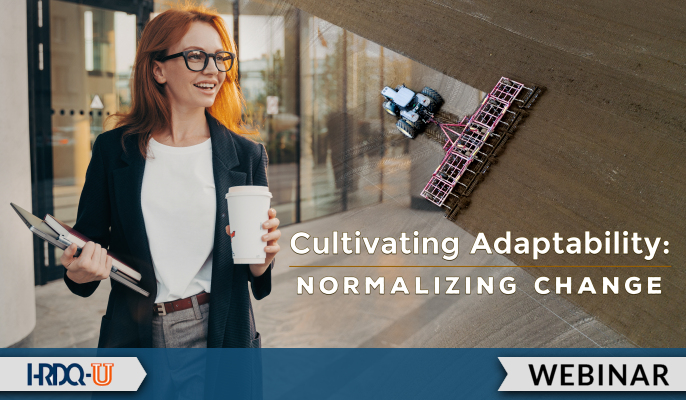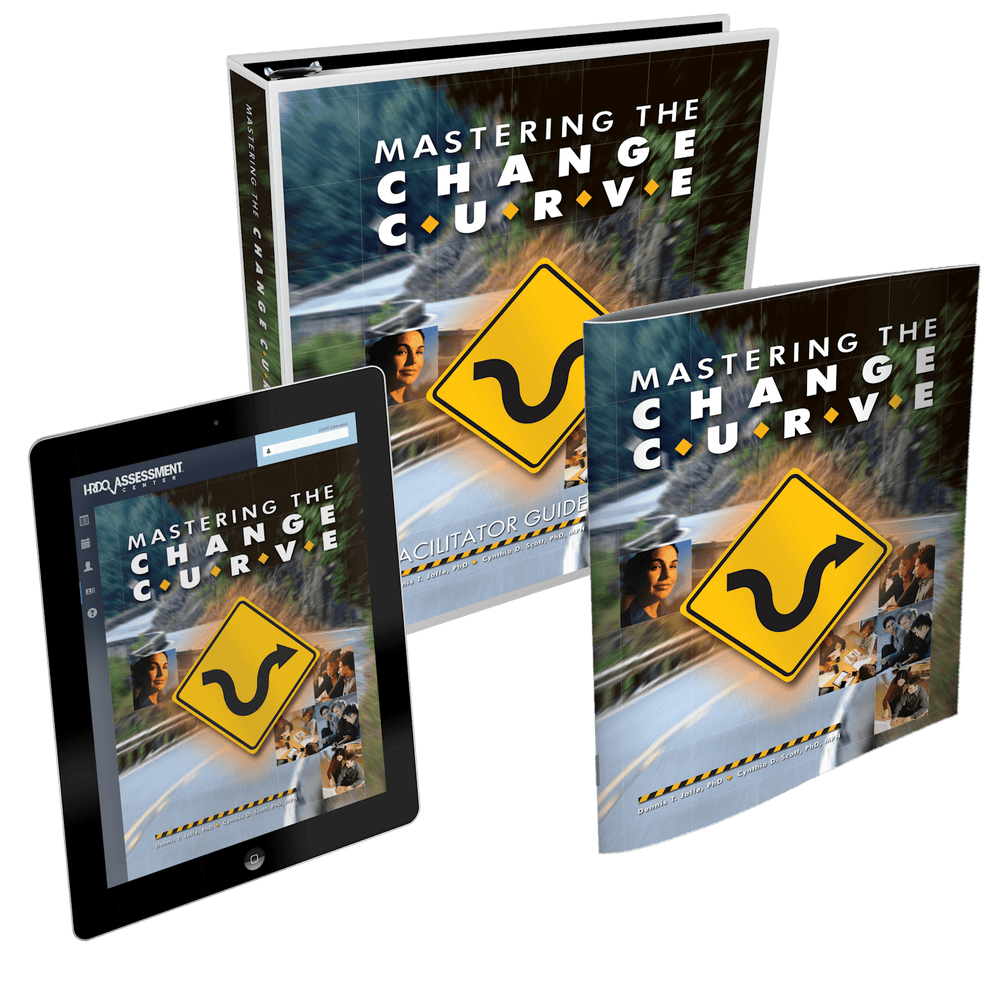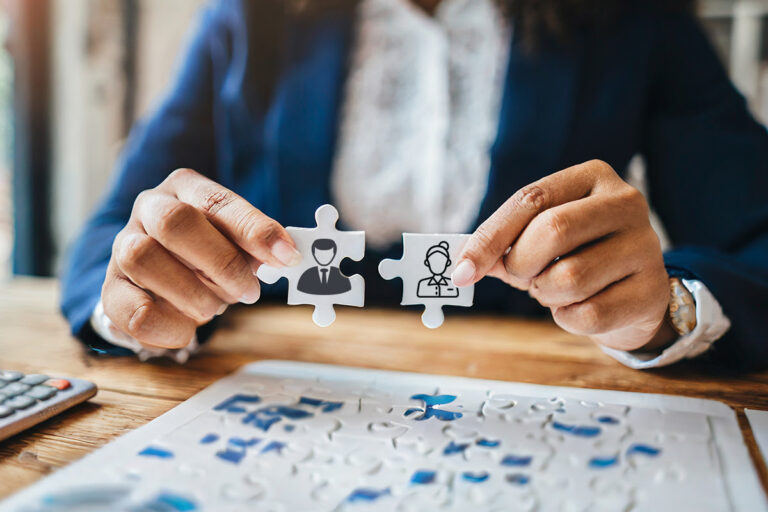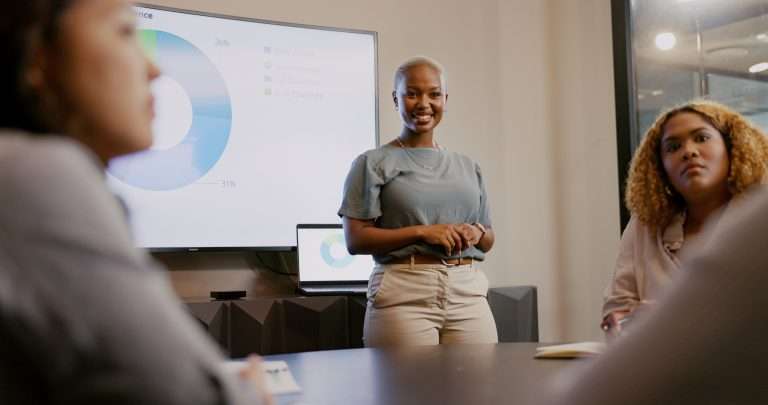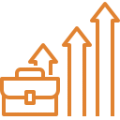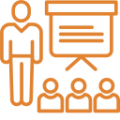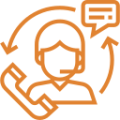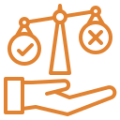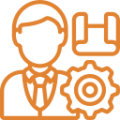Why Do Organizations Struggle with Adaptability to Change?
Organizations struggle because individuals struggle with change. Individuals struggle with change because staying the same is safer as far as the body is concerned. The animal in us craves the familiar, the predictable, and the known. We will feel uncomfortable when we decide to do something different and can no longer predict the outcome based on past experiences. That uneasy feeling is the body telling us we are in unfamiliar territory, and most people unconsciously use their feelings as a barometer for change. They resist change because “they just don’t feel like it” or “it just doesn’t feel right.” It is uncomfortable, and we can avoid that discomfort of change if we stay the same.
Now, suppose we add stress hormones to this situation, which, according to the American Institute of Stress, are on the rise. In that case, we make this resistance to adaptability to change even stronger. According to the Stress in America Survey 2022, here are just a few stress statistics.
- 81% of Americans who participated in the poll were stressed out due to Supply Chain issues.
- 87% of Americans are stressed due to the country’s rising inflation, up from 59% in August 2021 and 58% in June 2021.
- 80% of Americans are tense and stressed about possible Russian cyberattacks or nuclear threats to the US.
- 69% of Americans fear that World War III could break out, and we are in its genesis phase.
- 65% of Americans said they were stressed about money and the economy.
Can We Increase Our Tolerance for Change?
We have now exacerbated the problem of individuals being resistant because stress is a survival response. When we are in survival mode, it is not a time to create, it is not a time to try new things, it is not a time to collaborate, it is not a time to communicate, it is a time to run, fight, or hide.
Have you ever noticed that you have little tolerance for disturbances in your environment on those “bad days” when you are incredibly stressed? We lose our cool because our children do not do the dishes, or we flip our lids because somebody forgot to clean off the dry-erase board when they are done, which we had all agreed we would do! This build-up and sustained state of stress lowers individuals’ tolerance for change.
In conclusion, businesses must become adaptable and experts in change to thrive in an ever-changing world. Individuals must also be adaptable and experts in self-regulation. They must be equipped with the knowledge and techniques to move from a state of survival (stress) to a state of creation (flow) despite the conditions in their environment.
The good news is that we have all the neurological and biological hardware to do this.




